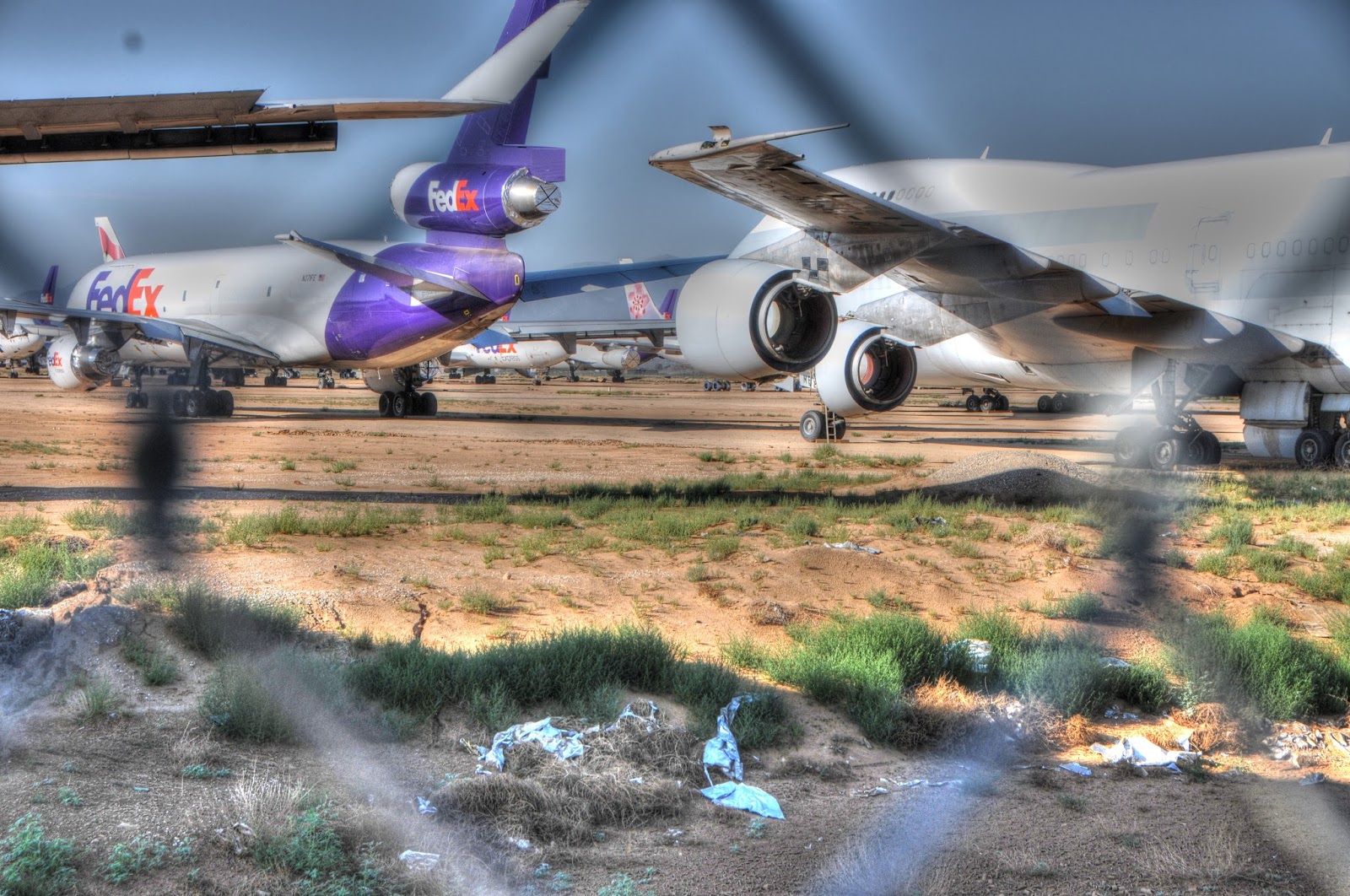
A properly sealed plane can be stored for years in the desert, thanks to the moderate winters and low humidity.Īn airplane graveyard is not just a fence around airplane carcasses and piles of scrap metal.
#Airplane graveyard windows
Their engines and windows have been covered with tape to protect them against the desert’s sand and dirt. These military war-horses have officially been mothballedforced into retirement. It has an alkaline soil so firm that airplanes can be towed and parked on the surface without sinking. It has a dry, clear and virtually smog-free climate that helps minimize corrosion. The Tucson area serves as an ideal graveyard for airplanes. The Davis-Monthan Air Force Base, within sight of Interstate 10, contains a storage facility known to many locals as the “boneyard.” The facility functions as a holding place to store planes until their ultimate fate has been determined.

It’s sort of the same concept in south central Tucson, in the heart of the Sonoran Desert, where old airplanes instead of old pachyderms come to rest. You have heard, of course, about aging elephants that wander off to die in a specific communal place, a kind of elephant graveyard.

This image was released by the United States Navy with the ID 040204 Navy photo by Photographer’s Mate 3rd Class Shannon R. The 309th Aerospace Maintenance and Regeneration Group's "aircraft boneyard" located on the Davis–Monthan AFB But for "real hardcore airplane nerds" the Boneyard remains a bucket-list destination, a chance to view mile after mile of ghost planes, cocooned as if by some aircraft-eating spider, while a tour guide calls out the names and service histories of the various jet fighters, tankers, cargo planes, helicopters, and bombers.įor such tourists - and Scott counts himself one of them - the Boneyard is, "one of the most amazing aerospace spectacles in the world." For everyone else, the museum - which has 80 outdoor acres of old aircraft that visitors can actually touch - is probably more satisfying.Airplane Graveyards Davis-Monthan Air Force Base, AZ and Mojave Airport, CA Tour-goers need to make their reservations at least ten business days in advance, and must bring along all of their supporting IDs and documents, or they don't get on the bus.Īll of this, Scott said, dampens the appeal of the Boneyard for the average visitor. The bus does not stop and its passengers do not get out until they return to the museum.

The tour lasts 90 minutes, narrated by a museum guide. Today, the public can only view the Boneyard through the windows of a tour bus that leaves the museum twice a day, Monday through Friday. Any old, historic aircraft have long-ago been hauled to the Pima Air & Space Museum across the street.Ĭ-130 military transports, sealed to keep out dust and desert critters.Īccording to museum executive director Scott Marchand, the last time that civilians were able to freely wander the Boneyard was the early 1970s. Crews are constantly at work either sealing new arrivals against the elements, disassembling other planes for parts, or trucking gutted aircraft to an on-site smelter. Although the popular image is of an Elephant Graveyard of airplanes, with rusty propellers creaking in the wind, the Boneyard is actually a busy place. The Boneyard is on Davis-Monthan Air Force Base and is run by the 309th Aerospace Maintenance and Regeneration Group (AMARG) - which doesn't like the name "Boneyard" (The preferred name is "Air Power Reservoir"). The answer to all of these questions is No. Attack choppers are cocooned against the desert sun.


 0 kommentar(er)
0 kommentar(er)
